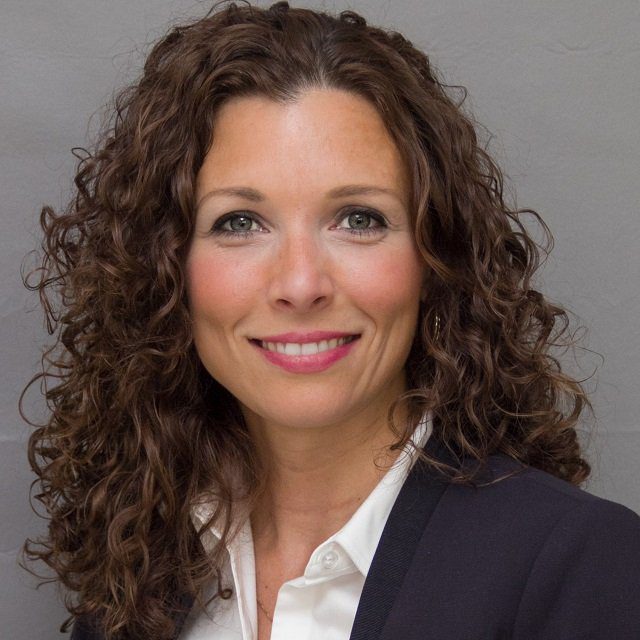Nationwide Aims to Compete Harder for Corporate-Owned Life Business

What You Need to Know
Employers can use COLI for many different purposes.
Many use it to help highly paid executives increase their retirement savings.
Nationwide has about 66,000 business life insurance policies in force and $26 billion in business life assets under management.
Nationwide already has about $26 billion in corporate-owned life insurance assets, and it wants more.
The Columbus, Ohio-based mutual insurer recently announced that it has shifted to a simpler, more affordable cost structure for the variable universal life policy at the heart of its COLI program.
Many employers use COLI to power executive retirement benefits, and, in spite of all of the recent uncertainty in the U.S. economy, “the COLI market is actually doing really well right now,” Jessica Dowdy, a Nationwide vice president, said in an interview.
Dowdy is hoping life insurance agents, financial advisors and other financial professionals will think of Nationwide when they spot an employer that could use a COLI policy. Agents in the individual market may be able to team with an experienced COLI producer to help set up and manage a COLI case, she said.
What It Means
For some of your corporate executive clients, COLI is a major retirement benefits engine.
COLI and Nonqualified Deferred Compensation Plans
Employers can use COLI to fund post-retirement health benefits for all employees, executive benefits other than retirement benefits, and other benefits or activities.
The market for using COLI as a funding vehicle for nonqualified deferred compensation plans is getting more attention because of rapid growth in the NQDC market.
NQDC plans give highly paid executives a chance to defer federal income taxes on more of their income than they could if they were sticking solely with 401(k) plans.
The number of participants in the plans increased to 702,000 in 2022, from 640,000 in 2020, and, for tax and legal flexibility reasons, about 83% of the plans are classified as being “informally funded,” according to a plan recordkeeper survey organized by Mullin Barens Sanford Financial.
The average plan participant balance was $265,000.
About 42% of all nonqualified deferred comp plans included in the survey were funded with COLI, and 41% of all nonqualified deferred comp plans in the survey were funded with bare mutual funds.
The Mullin Barens Sanford survey results imply that, if the plans funded with COLI were similar to the other nonqualified deferred comp plans, COLI might account for about $80 billion of the $186 billion in nonqualified deferred comp assets included in the survey results.
Many employers use life insurance as the plan funding vehicle — rather than bare mutual funds — to take advantage of the ability of value to build up in life insurance without producing taxable income.




